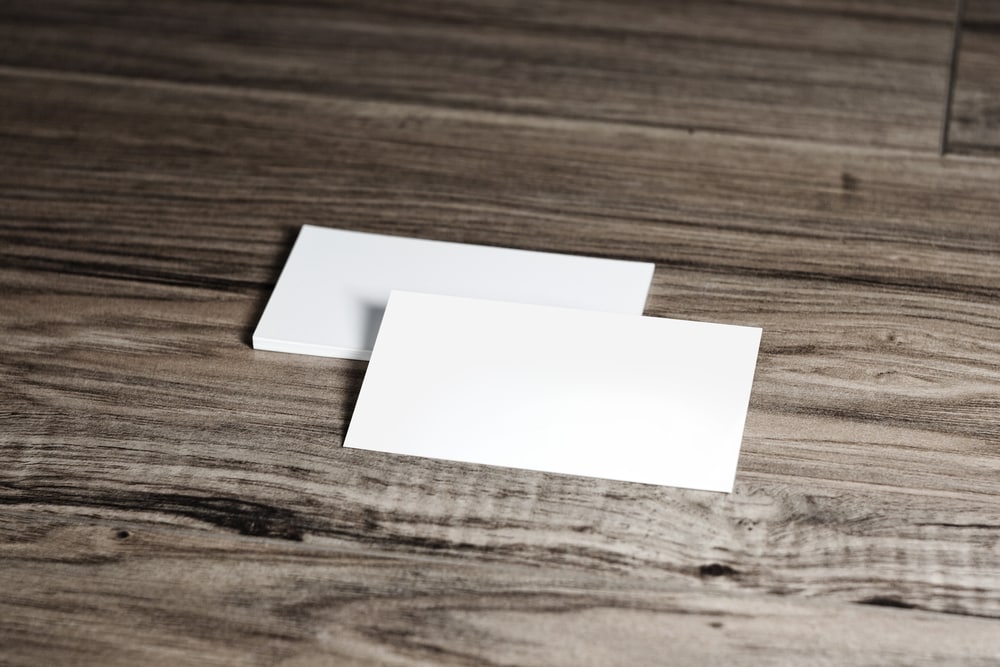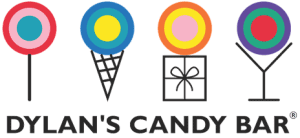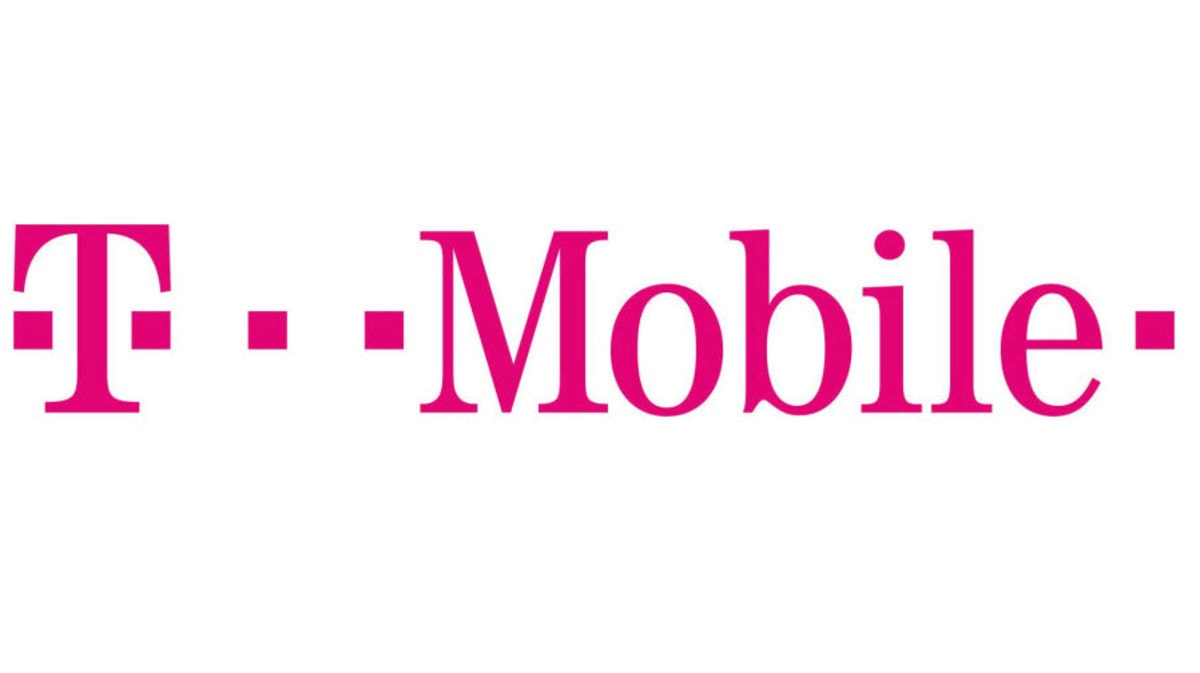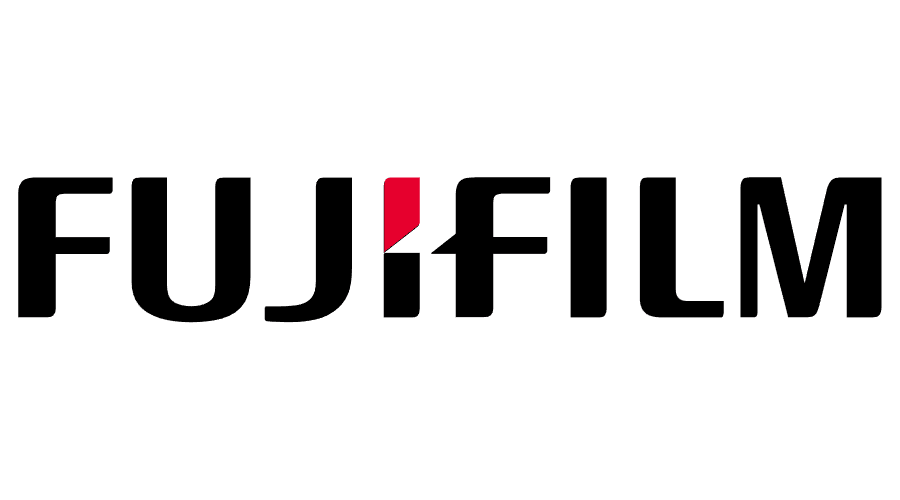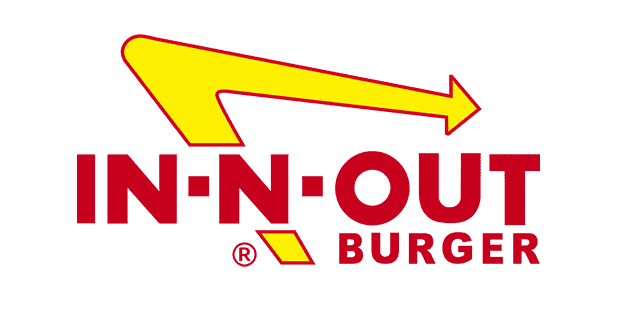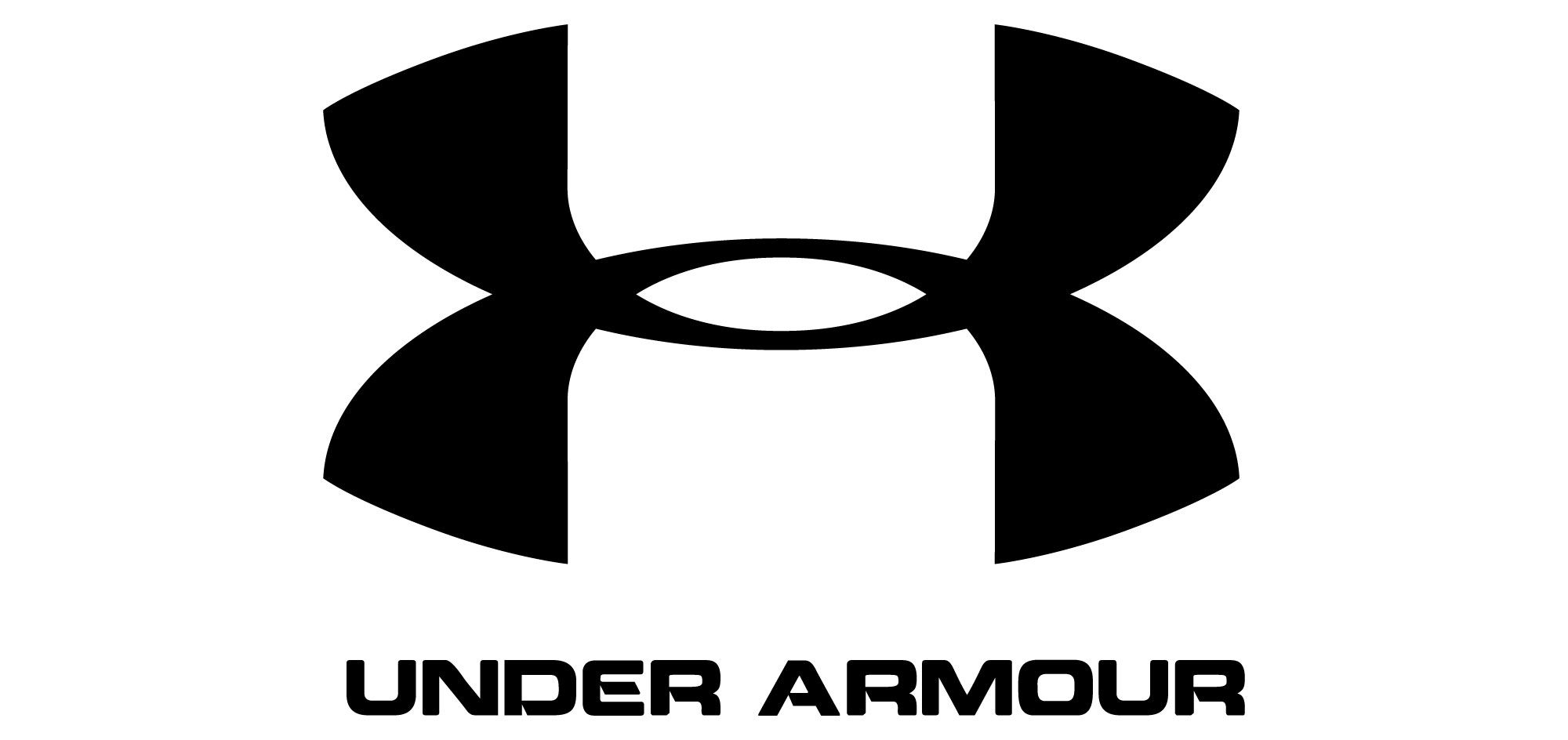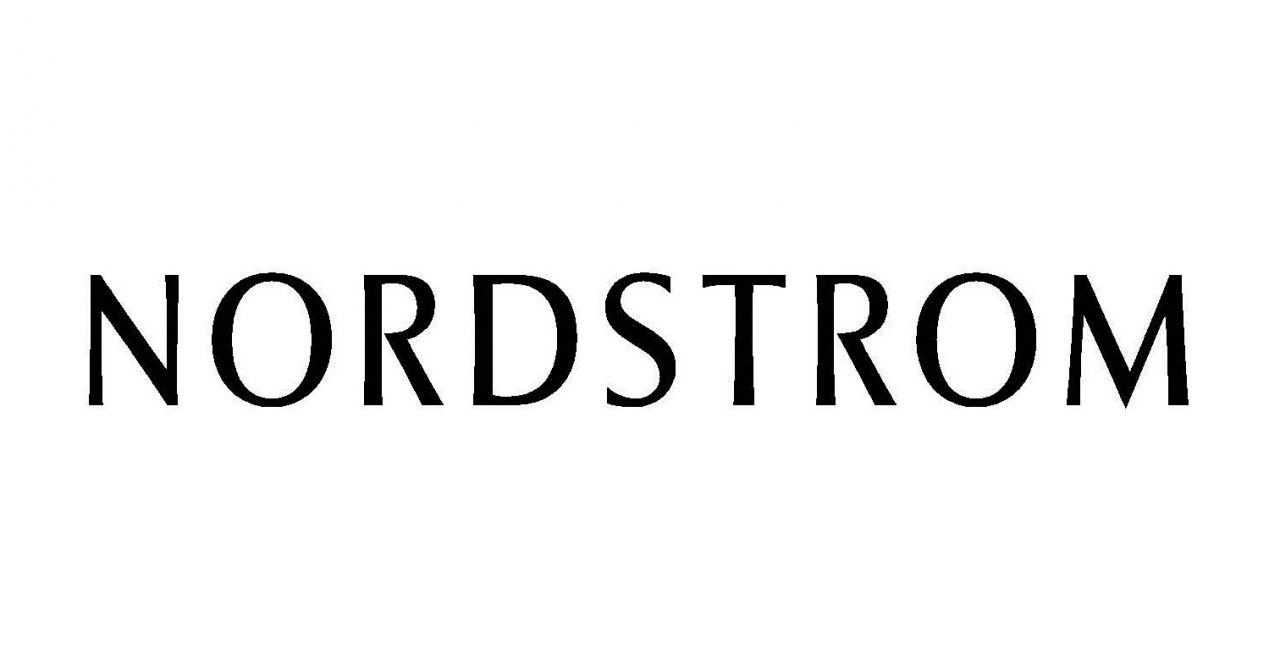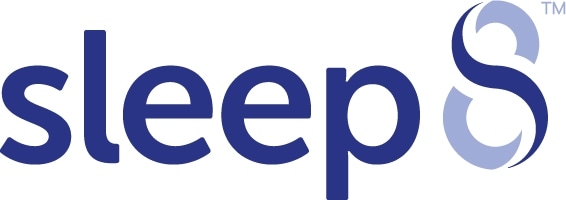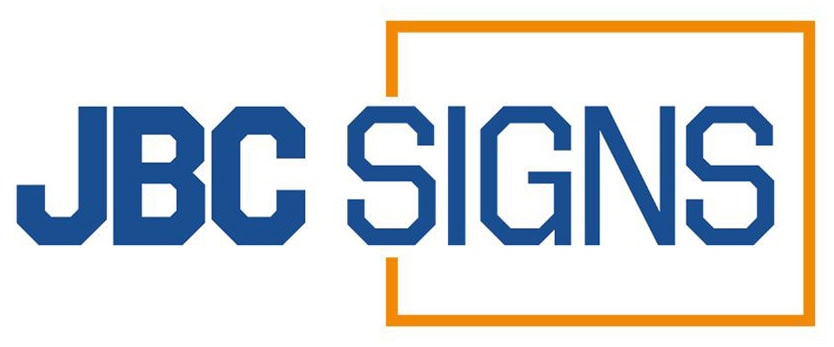Is design a major priority for your business? Many small businesses think of design as something that isn’t hugely important, largely due to the cost of hiring a designer full time or on retainer to manage their brand identity.
Without an in-house design department, it’s easy to let your small business’s brand and looks slip. From unsuitable fonts to kitsch color schemes, we’ve all seen a case of poor graphic design from a small business before, perhaps even frequently.
As a small business, your budget is understandably smaller than that of your larger, wealthier competitors. Because of this, the design elements that are most important to your business are different to those a Fortune 500 brand would pay attention to.
In this blog post, we’ll share five design elements – from logos to fonts – that should always be a focus of your small business. Use each element in your branding to give your business a better visual identity and improved design focus.
Simple logos
The best logos are almost always very simple. Nike’s famous swoosh, Apple’s iconic bitten apple, the McDonald’s arches, Mercedes Benz’s three-pointed star and others all share a simplicity that makes them easy to identify and remember.
Small businesses are even more suited to simple logos than larger brands. Keep the logo your business uses straightforward and simple and you’ll create a more iconic, memorable identity that makes you stand out locally, nationally or internationally.
Clear fonts
Just like your logo should be straightforward and simple, the fonts you use in your corporate identity and branding should be clear and timeless. Small businesses are often guilty of using typefaces that are too silly, bold or ‘gimmicky.’
Avoid cartoonish or silly fonts unless your business is aimed at a young audience. A sans-serif font with minimal decoration is ideal for creating a timeless identity that’s unlikely to age or date your business to a certain period
Subheadings
Differentiating your small business from its competitors can be difficult. Coca-Cola and Pepsi, for example, both sell cola, but their brands have very different values that differentiate the two similar products in the minds of their audience.
Your pet shop and another local pet shop don’t enjoy this same brand distinction. A subheading lets you explain your business’s personality and differentiate it from its competitors in just a few words on business cards, posters and brochures.
Contrast colors
Contrast is the key to visibility, and visibility is one of the most important aspects of marketing your small business. Just like the most effective logos are easy to identify and simple, all of the most memorable logos use contrast very effectively.
Maximize the effects of your small business’s marketing efforts by using colors that contrast in your branding and advertising. Combinations like red and yellow, white and black or blue and red stand out and make noticing your small business simple.
Texture
Texture is an often ignored element of design that’s hugely important to small and medium sized businesses. The texture of your business cards, brochures and other printed media has a huge impact on the way in which people perceive your brand.
Thick card and embossed typography can make your law or accountancy firm stand out from the crowd. Likewise, glossy paper can make your brochure feel much more professional and help your retail business differentiate itself from its competitors.

